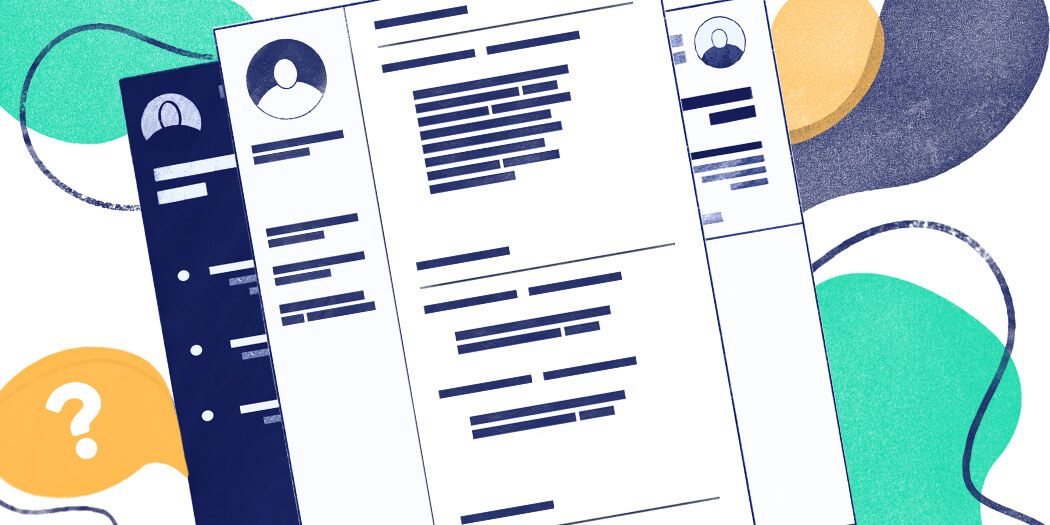
Find the Best Resume Format for You in 2025
To help you choose the best resume format, let’s first understand the differences between the three main resume formats. See the examples and make an informed choice.

Mariusz Wawrzyniak
Career Expert
The only resume that matters is the targeted resume—A resume customized to a specific position at a specific company.
The vast majority of employers expect to see a personalized resume, but most candidates send out all-purpose applications. But you’re smarter about it and you’ll get an interview invite.
In this guide I'll show you:
Save hours of work and get a job-winning resume like this. Try our resume builder with 20+ resume templates and create your resume now.
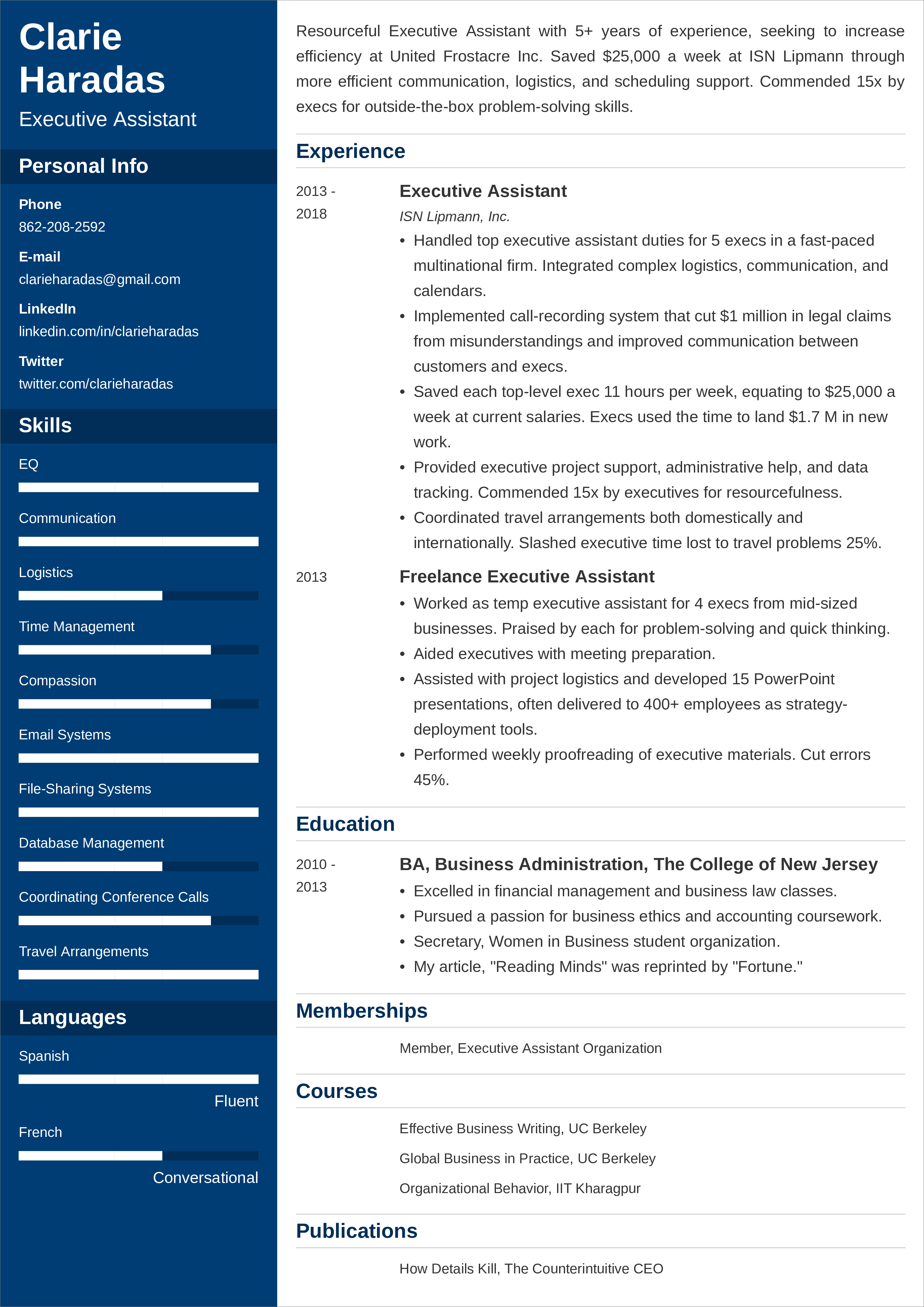
What users say about ResumeLab:
I had an interview yesterday and the first thing they said on the phone was: “Wow! I love your resume.”
Patrick
I love the variety of templates. Good job guys, keep up the good work!
Dylan
My previous resume was really weak and I used to spend hours adjusting it in Word. Now, I can introduce any changes within minutes. Absolutely wonderful!
George
Looking for some resume examples? See:
A targeted resume is a resume rewritten or edited for a specific job opportunity. This kind of resume is tailored to highlight skills and experience pertinent to one particular position. A targeted resume makes it very clear to hiring managers that you're a good fit for the position."
On top of that, the targeted resume is tweaked for the particular company by fitting its company culture and being in line with its plans and mission statement.
And this is really important: 61% of all employers expect to get personalized resumes and 36% will desk-reject your application if it looks generic.
Finally, a targeted resume must be tailored for the ATS. The ATS, or applicant tracking system, is software used by more and more companies (including a whopping 98% of Fortune 500 companies) to help them organize and sort through the mass of job applications they get on a daily basis.
How does the ATS work? Hiring managers scan resumes into their ATS software. Then, based on resume keywords given by HR, the ATS evaluates and scores each resume to calculate which candidates are the best match.
To get past this electronic sentry, you’ll have to tweak your resume with keywords and language which the ATS is told to look for. And I know, it's tedious, but...
According to ERE, each job position gets about 250 resume applications, on average. Then, the ATS will filter out about 75% of those. You want to be in that remaining 25%. I'll tell you all about that in just a few minutes.
Expert Hint: But, what about applying for a second job opportunity? Good question! In that case, you’ll rewrite your resume to fit that second job ad and company. A targeted resume should only fit one job ad. If not, it’s not tailored enough.
So, I convinced you—you’re going to write a targeted resume. Here’s how you’ll tailor your resume to the job description:
That job ad makes this test open-book—everything you need to score an interview is right there in front of you.
See the example I made:
Front Desk Receptionist - Dental Office
- Minimum of three years of dental experience is a must
- Knowledge of Dentrix is a must
- PPO insurance and DMOs is a plus.
For this dental receptionist, they require a candidate who is knowledgeable with Dentrix software.
Not reading the job ad carefully, you might have just put you’re “familiar with dental software,” or added an irrelevant program, like Open Dental. If you didn’t put “Dentrix” as a keyword, you can kiss that opportunity goodbye.
Here’s another example from a financial analyst position:
This position works with:
- HIPAA compliance training required
- Participation in medical surveillance required
This one implies that you’ll have to get HIPAA compliance training done before you are fully onboarded. But guess what?
If you’re already certified as compliant from a previous position, adding it to your resume puts you ahead of the rest. That’s money they’ll save, and you’ll have a much faster initiation period.
This will speed things up for when you start writing. You’ll know to mention a specific skill, program, show how you’ve already had experience doing x, y, and z.
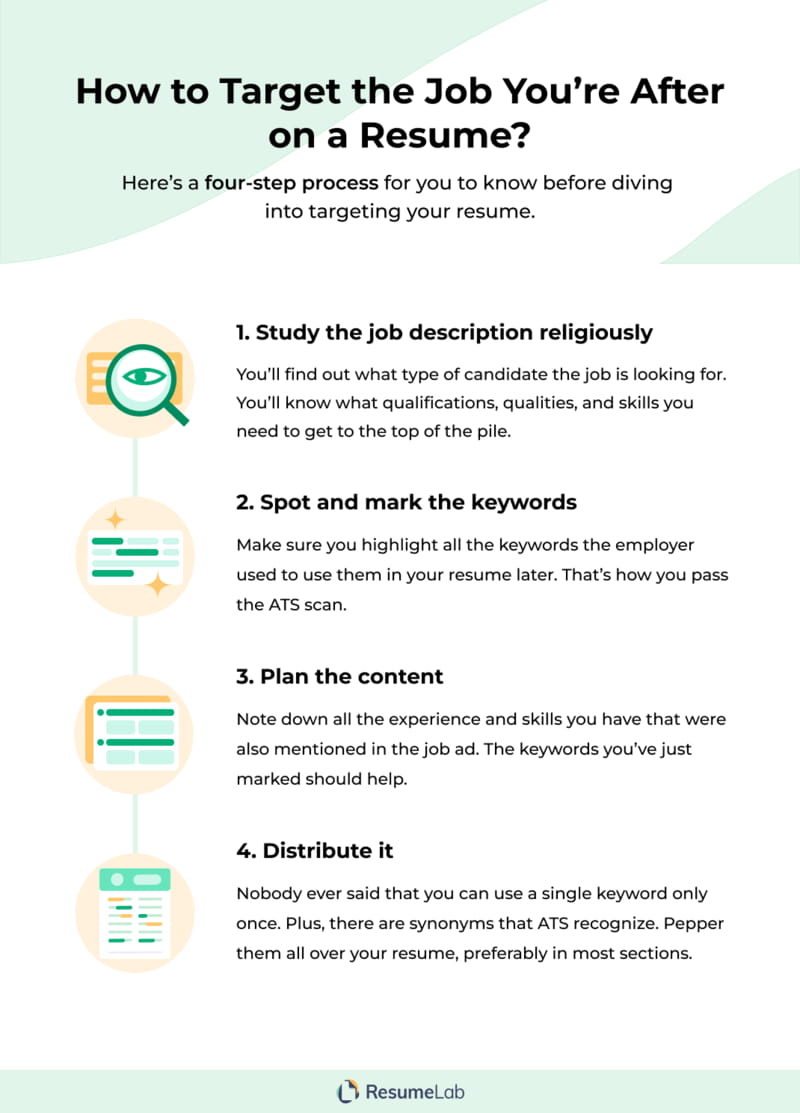
Expert Hint: Never lie on a resume. However, you can downplay any irrelevant details, and talk up those points which match the company and the position—that’s what targeting a resume is all about.
So, now you know how to get information from the job ad. Let me teach you how to apply it while writing your targeted resume. Let’s start from the top:
In your career objective statement or summary statement, you’ve got two to four sentences in which to capture their attention with your profile statement.
On top of using resume power words, you’ll of course need some keyword matches to target them.
Here’s a portion of a job ad:
Knowledge and Skills Required:
- MINIMUM TWO (2) years’ experience in Medicaid Billing
- Strong communication and organization skills
Now, here are some targeted resume examples of resume summaries:
See that? That bad example fails because it didn’t specifically talk about Medicaid billing.
Disclosing your address is usually a bad idea as it can lead to discrimination. However, you may see something like this in the job ad:
Location:
New York, NY (Preferred)
In which case it may benefit you to add your address, if you are in their preferred/required area.
There are a couple ways to tailor a resume work history section. Usually, each experience entry is broken down into two parts: the responsibilities and the key achievements.
In the responsibilities section, don’t just list each task you performed. Rather, highlight a few of your duties that are most similar to the job you’re applying for—especially if you’re changing careers. Use action verbs to begin each job responsibility entry.
In the key achievements area, you’ll want to use numbers to prove your knowledge. Look at the two achievements I made for someone who’s leaving their barista job to become a graphic designer:
Our job seeker here had both of these wins, and they’re each excellent and really helped the cafe. However, only one of them is relevant for a graphic design job.
Expert Hint: Reorder your bullet points so that the most important and relevant items get read first. If you don’t think it’s relevant to this particular job, leave it off.
That’s right, even your education should be tailored. Here’s an example from a job ad I made:
Position Requirements
Knowledge of FundEz Accounting System.
BA in Accounting or related field.
In your education resume section, would you have put that you have a bachelor’s, BA, or B.A.? Most people skip periods, so it might make sense to skip them, too.
But the actual advice is about something completely different: go with the full title and the abbreviation: #####[example of Bachelor of Arts (BA)] This way you’ll cover two important keywords!
The skills section. It seems like one of the easier areas to get right, but many people get it wrong because they don’t tailor it to the job.
Here’s a sample job ad qualification area for an IT consultant:
Qualifications:
Pretty neat! The potential employer basically gave you a cheatsheet—You know exactly what skills you should focus on.
The ResumeLab builder is more than looks. Get specific content to boost your chances of getting the job. Add job descriptions, bullet points, and skills. Easy. Improve your resume in our resume builder now.
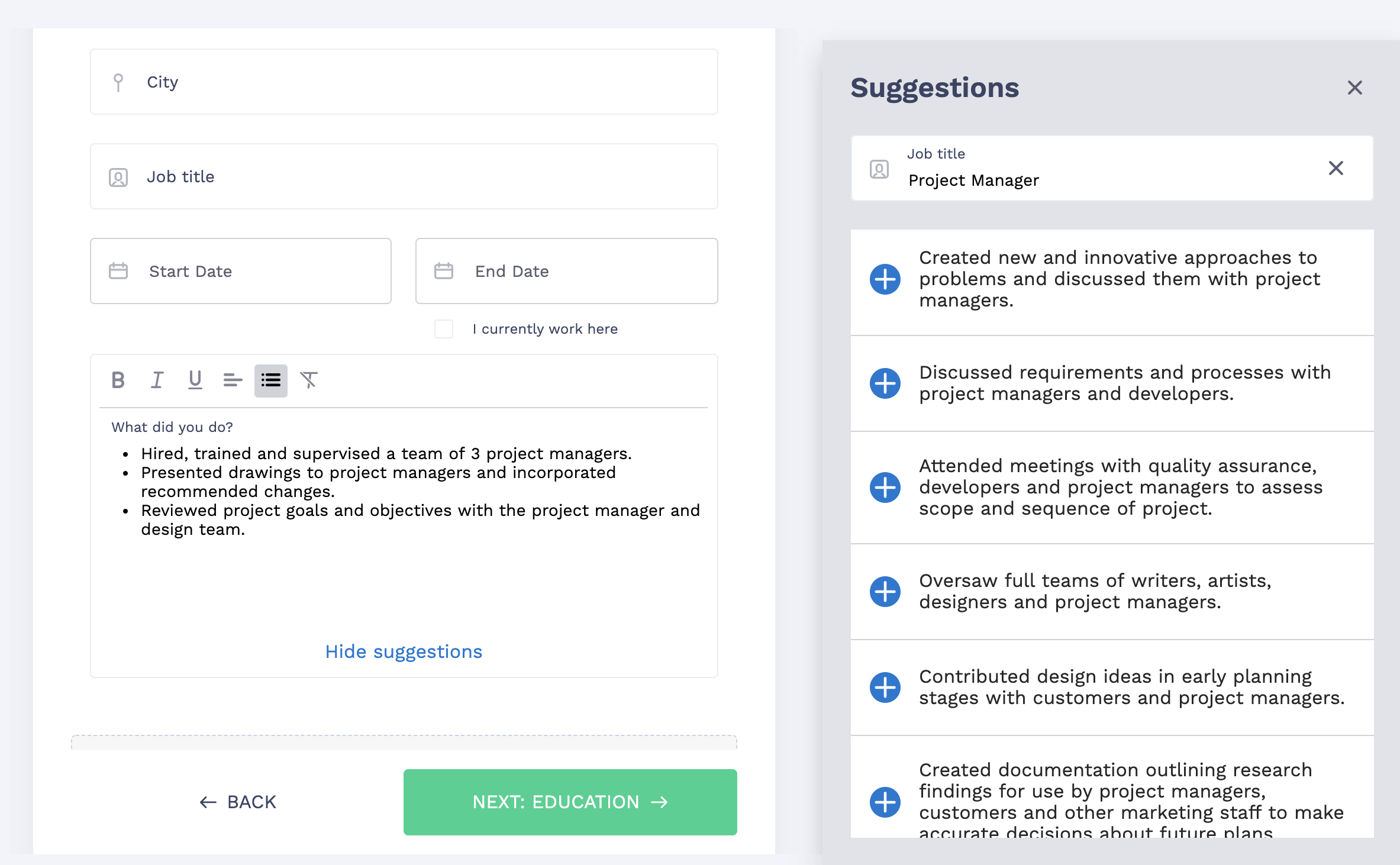
Nail it all with a splash of color, choose a clean font, and highlight your skills in just a few clicks. You're the perfect candidate, and we'll prove it. Use our resume builder now.
1. Mention important skills in the body of the resume.
2. List the most relevant abilities in the skills section.
3. Add a few additional “substitute” skills there as well.
4. Don’t make the skill list too long 5–7 items is enough.
Some recruiters roll their eyes when they see a separate skills section. Avoid it, however, and it will backfire as one in three employers might auto-reject your resume if they don’t see it.
Don’t feel tempted to embellish your resume if you’re not a 100% match. Most employers are open to hiring people without the exact experience they’re looking for. Plus, most ATS systems greenlight less-than-perfect scores, too.
Yes, use the most critical keywords verbatim on your resume. But don’t repeat the wording of the job ad (32% of all employers reject over-optimized resumes).
Got more resume sections relevant to the job description? I suggest you add them to your resume.
Popular, interview-scoring extra sections include: Interests and hobbies on a resume, certifications, academic publications, association memberships, and proficiency in other languages.
Check out this project manager resume example additional section:
Conferences
Remember: mention only those extras which increase your value as a candidate. If adding a particular hobby or certification doesn’t increase your chances of getting an interview, don’t add it.
Expert Hint: There are two kinds of keyword matches. A general match means you copy keywords into your resume—just not word for word. A direct match is when you need to go verbatim (useful in cases such as our education example above). Just make sure not to over-tailor!
Tailoring doesn’t only mean on your resume, of course. You’ve tailored your resume to the job ad, and you can do that on your cover letter and email, as well. However, you can go further on these other two documents, actually:
Customizing for the company is best done on a cover letter. What does that mean?
To tailor a customized cover letter for the company, do this:
When you’ve done this research—which will come in handy for your interview, too—write a cover letter bringing up any salient points you’ve found.
Also, try to replicate the company’s “voice” by using their tone and way of speaking. Trust me, it goes a long way.
Expert Hint: Not all Free Resume Builders are ATS friendly. To make sure your creative resume reaches a human reader, send it directly to the recruiter's inbox.
No one likes to get emails that say “to whom it may concern.” They’ll simply think it’s just not important.
When you’re writing your cover letter and the email it’ll attach to, address the HR manager by name. Find this from the company page or via LinkedIn—it takes just an extra minute of sleuthing. Also, you could add a postscript or another sentence in the email to mention something particular to the hiring manager.
For instance, “I noticed from your LinkedIn profile that you’re an alumnus of Cornell. I hope you don’t hold my being from Yale against me!”
See? It’s fun, unique, and grabs their attention. Just make sure they have an informal tone of voice before you do something like that. If I was a recruiter for an investment bank, I'd shred your application if I saw such a line. Have a look at my tips for writing cover letters to step up your game.
Expert Hint: Finally, don’t forget to check the job ad to see if you have to put something specific in the subject line of your email! All this tailoring will have been in vain otherwise.
Double your impact with a matching resume and cover letter combo. Use our cover letter generator and make your application documents pop out.
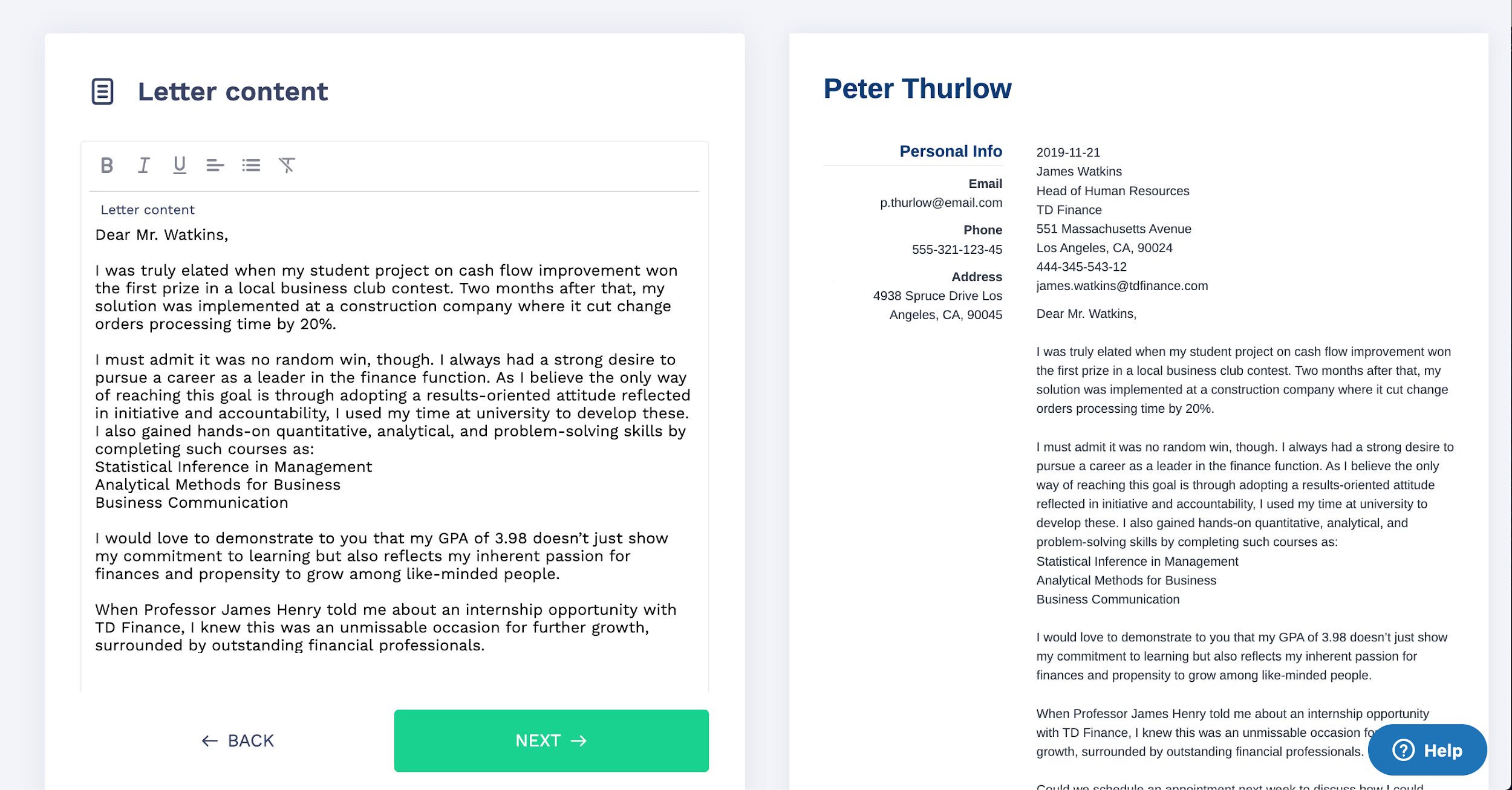
Want to try a different look? There's 21 more. A single click will give your document a total makeover. Pick a cover letter template here.
Writing a targeted, custom resume is not exciting. However, you’ll be excited when you see the results—calls for interviews now instead of later.
To write a target resume, follow these simple steps:
Have any questions on how to write a targeted resume? Not sure how to customize the skills or experience sections? Let’s talk about it below in the comments, and thanks for reading!
At ResumeLab, quality is at the crux of our values, supporting our commitment to delivering top-notch career resources. The editorial team of career experts carefully reviews every article in accordance with editorial guidelines, ensuring the high quality and reliability of our content. We actively conduct original research, shedding light on the job market's intricacies and earning recognition from numerous influential news outlets. Our dedication to delivering expert career advice attracts millions of readers to our blog each year.

To help you choose the best resume format, let’s first understand the differences between the three main resume formats. See the examples and make an informed choice.

Mariusz Wawrzyniak
Career Expert
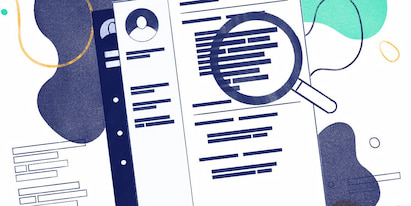
How do you write a resume? With so many conflicting opinions out there, we’ve set out to find the ultimate answer to this question.

Michael Tomaszewski, CPRW
Certified Professional Resume Writer, Career Expert
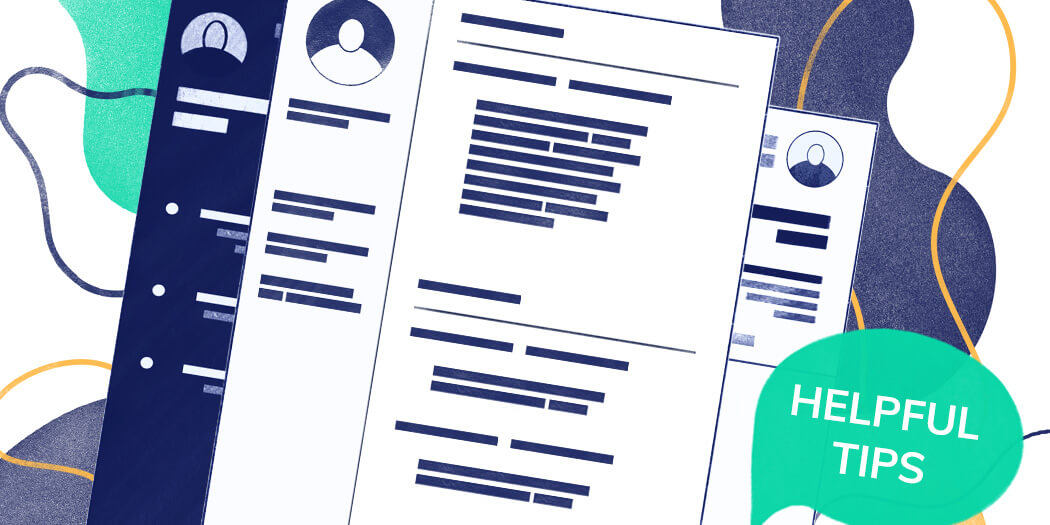
You can stop searching—this is the ultimate collection of best resume tips that can help you succeed in 2025. These resume writing tips will help to impress hiring managers.

Roma Konczak, CPRW
Certified Professional Resume Writer, Career Expert